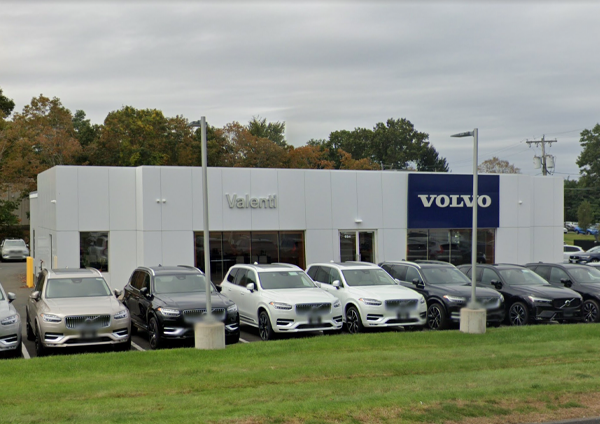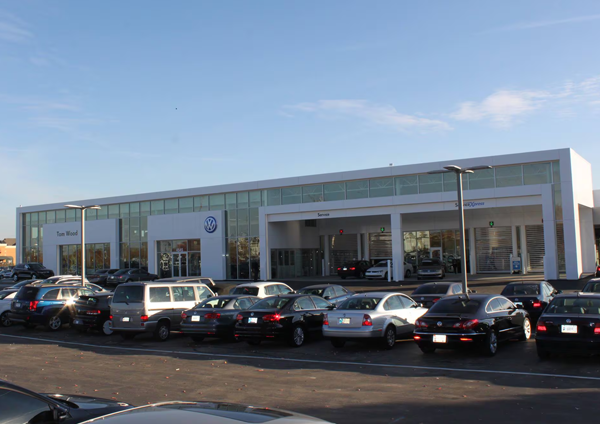As a dealership, getting as close as you can to 100% absorption through the Fixed Ops department is what you aim for. The higher your absorption rate, the less likely you’ll have to rely solely on new vehicle sales to boost the bottom line. Where should your dealership start when determining how to boost its absorption rate?
It’s important to focus on streamlining processes between the parts department and service lane to help increase sales, diversify revenue streams, and improve customer service.
Profit & Service Labor Rates
Charging customers the right cost for labor is one of the most important elements allowing a dealership to cover fixed expenses. When it comes to maximizing the profit in your service department, determining labor costs based on the market average is a good place to start.
The National Automotive Dealers Association (NADA) advises that your customer-paid labor should account for 60% of your total labor sales, with warranty and internal contributing 40%. On top of that, the service department should strive for 72% or higher gross retention in every category.
If you can’t hit the market average, look at your local competitors’ average service labor rates to better understand what you can realistically offer. You don’t want to lose out on potential profit just because you’re not confident about the current labor rates. NADA suggests surveying the market every six months or so and bumping the rates up by a few dollars if you haven’t in a while.
Streamline Parts Requests in the Service Lane
Where do most parts sales come from at the dealership? The service lane. The service lane is the number one source of parts orders and requests for the parts department. However, it can also be one of the biggest contributors to over-ordering and obsolescence.
When the service lane puts in a parts order request, the time spent on sourcing that part can often lead to a few different outcomes. One, the customer becomes frustrated by the wait time and/or price and finds a faster or cheaper alternative. Two, the customer is scheduled for a repair at the service lane but never shows. Three, the service lane puts in an immediate parts order request even if that part is already on the shelves, resulting in multiples of that part.
In all of these cases, the parts department is left with parts that clutter the shelves, and the service lane makes little to no revenue. Streamlining parts requests and ordering processes can help reduce the number of back-order parts, ensure that parts get used at the service lane, and generate revenue between both departments.
What approaches can help tackle these issues?
- Have an enforced appointment policy. When appointments are scheduled at the service lane, ensure that those customers fulfill those appointments. Whether through a down payment on the appointment or a non-refundable cancellation fee, this will help you avoid losing money due to appointment issues.
- Reduce over-ordering by the service lane. Always make sure to check your parts inventory before submitting a parts request. If the service lane puts in an immediate parts order request, make sure not to order before you take stock of what you currently have.
- Limit special order parts returns. A strong returns policy for special order parts can greatly help combat obsolescence. High obsolescence leads to a low absorption rate; these types of parts returns are the biggest contributors. Set strict policies on returns to help alleviate this problem.
Expand Your Auto Parts Customer Base
Even with the best processes in place to keep both the service lane and the parts department running smoothly, the best strategy is to diversify your revenue streams to help increase the absorption rate. One way to do this is to expand your customer base by selling online.
The online retail market is the largest in the world. With access to a national customer base, dealerships can effectively increase and diversify their revenue streams. What options should dealerships consider when focusing on online car parts sales?
Online Marketplaces
Online marketplaces are third-party digital platforms with an established, active user base. The most commonly known online marketplaces include eBay and Amazon. These platforms allow businesses to sell online through verified seller accounts.
They also offer a variety of additional services to help businesses sell online easily, like:
- Shipping carrier and fulfillment services
- Discounted seller account fees
- Customer communication service tools
Through online marketplaces, dealerships can expand their parts business beyond their local market and get built-in support to help facilitate the transition onto these platforms.
Custom-Branded Store
While online marketplaces have a large built-in user base, quality control of online seller accounts can be more difficult. An integral part of selling online is establishing a strong online brand presence. Online customers can’t quickly identify your dealership or differentiate it from competitors without a strong brand identity.
A custom-branded web store for the parts department gives you a few distinct advantages:
- Gives you brand control
- Provides easy navigation for customers
- Makes it easier to find your dealership online
Selling through a custom-branded web store can help you generate a brand identity that fits within your customer’s expectations and help improve customer retention rates.
Omnichannel Combination
An omnichannel selling approach is one of the most effective selling strategies among online retailers. An omnichannel approach essentially means selling across all types of revenue streams available.
Some common selling channels included in an omnichannel strategy include:
- Online marketplaces
- Designated online store
- Mobile apps
Selling through all available selling channels at the parts department can help you expand your customer base, get ahead of the competition, and establish a strong online presence that helps foster customer loyalty. A strong eCommerce strategy can help you increase parts sales and move inventory faster.
Tackle Your Absorption Rate Today
Having an effective fixed ops strategy in place can help you improve your absorption rate, create more revenue streams, and streamline processes between departments. With the right strategies in place, you can help both departments effectively grow their business.
Looking for more ways to help boost the absorption rate at the dealership? Here are five strategies to implement to help you do just that!




